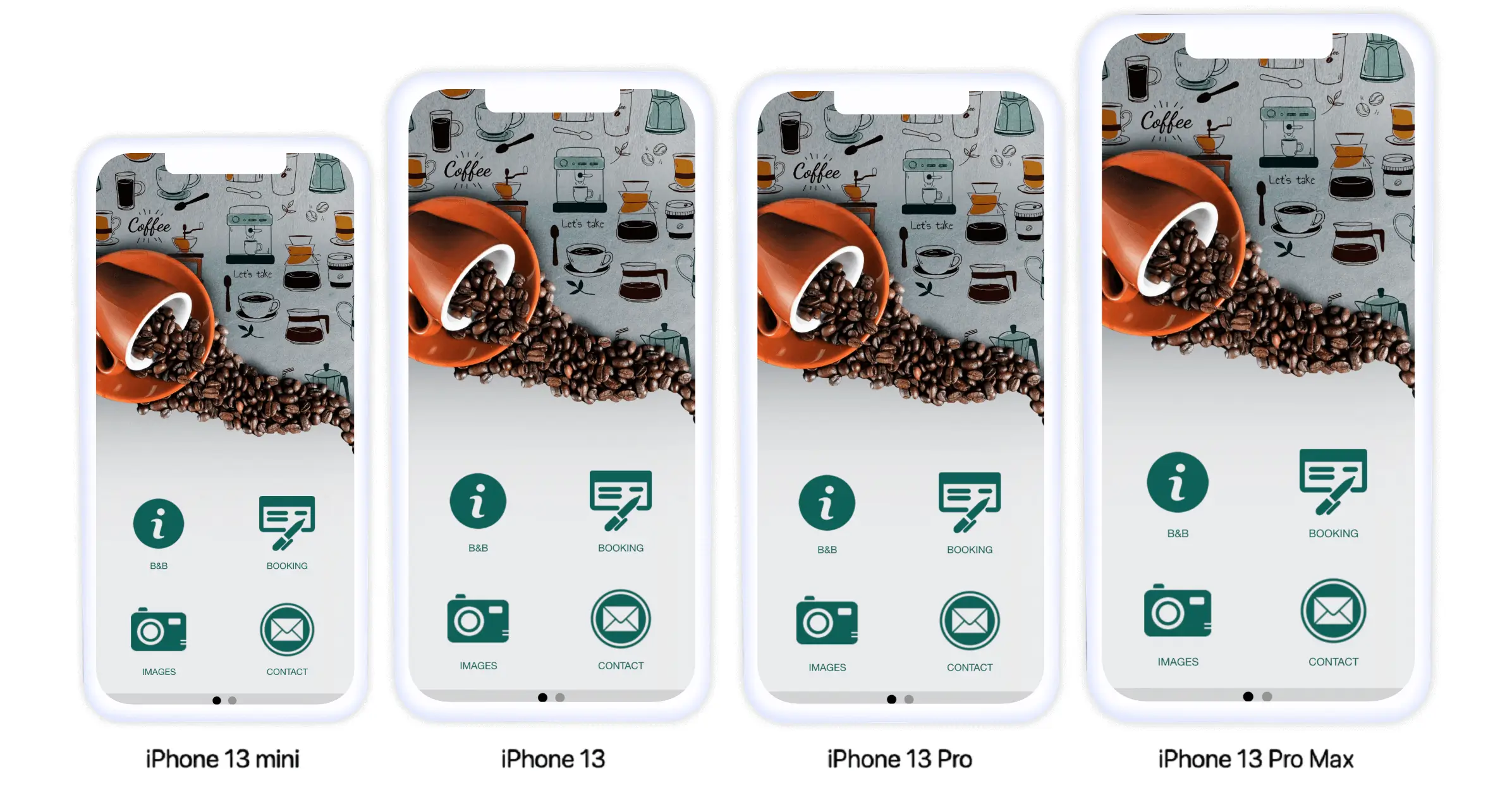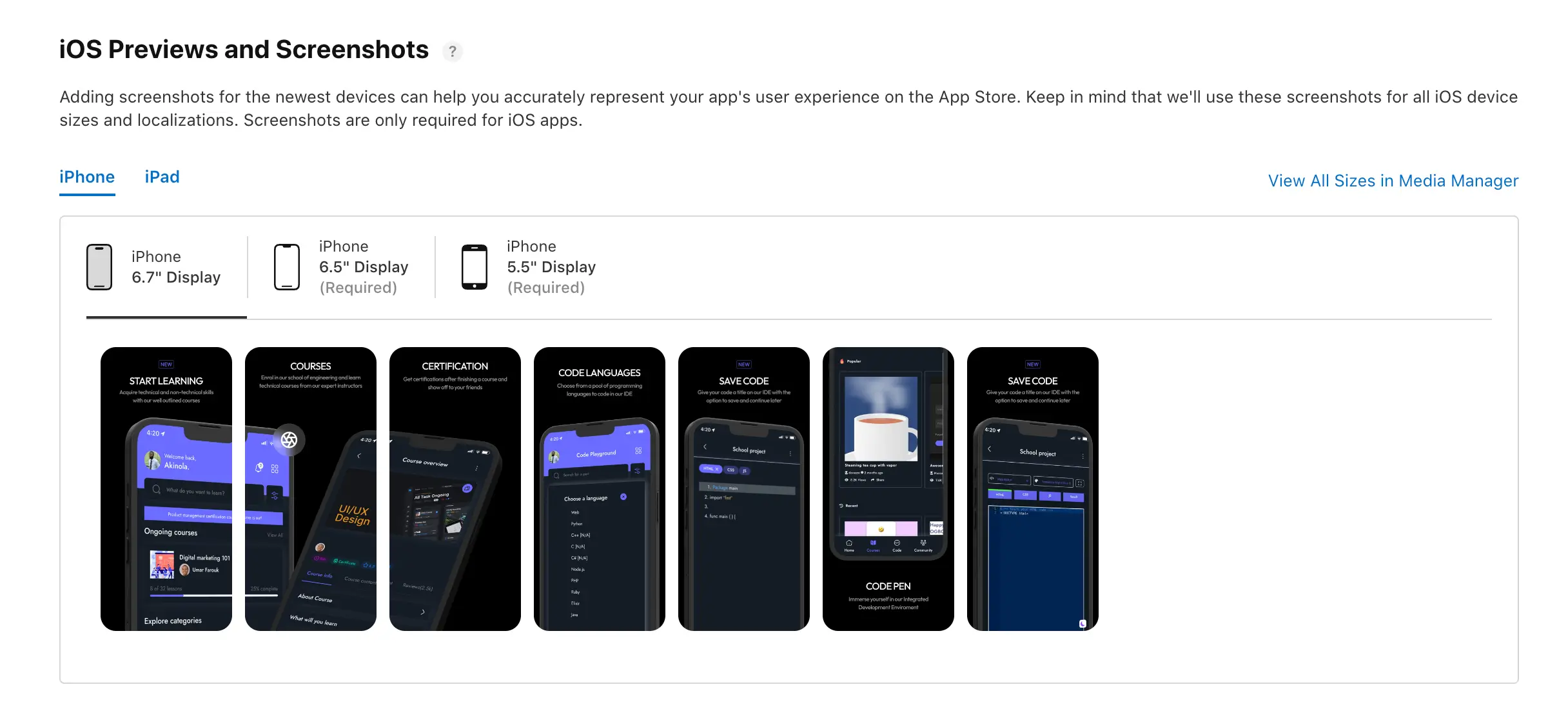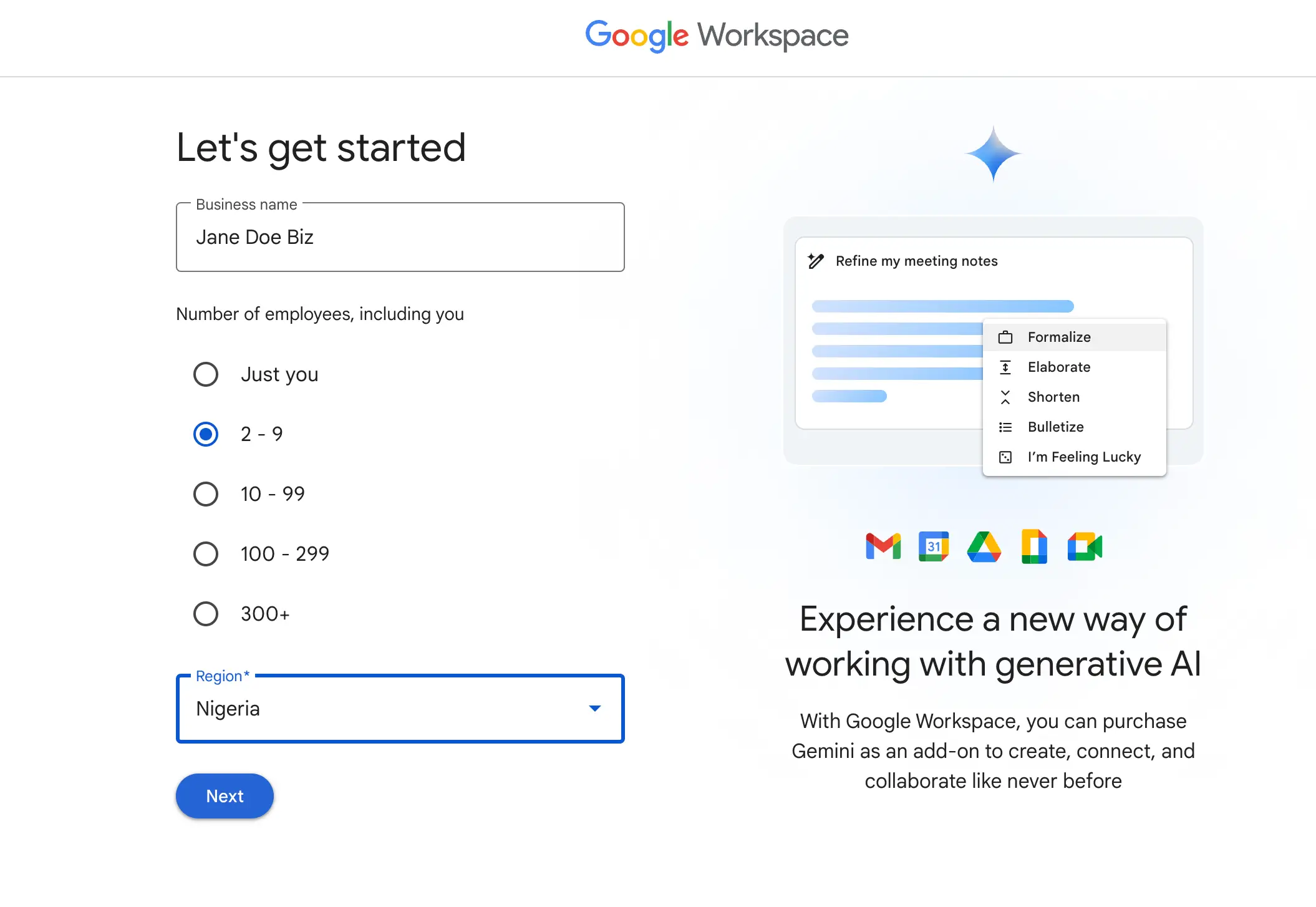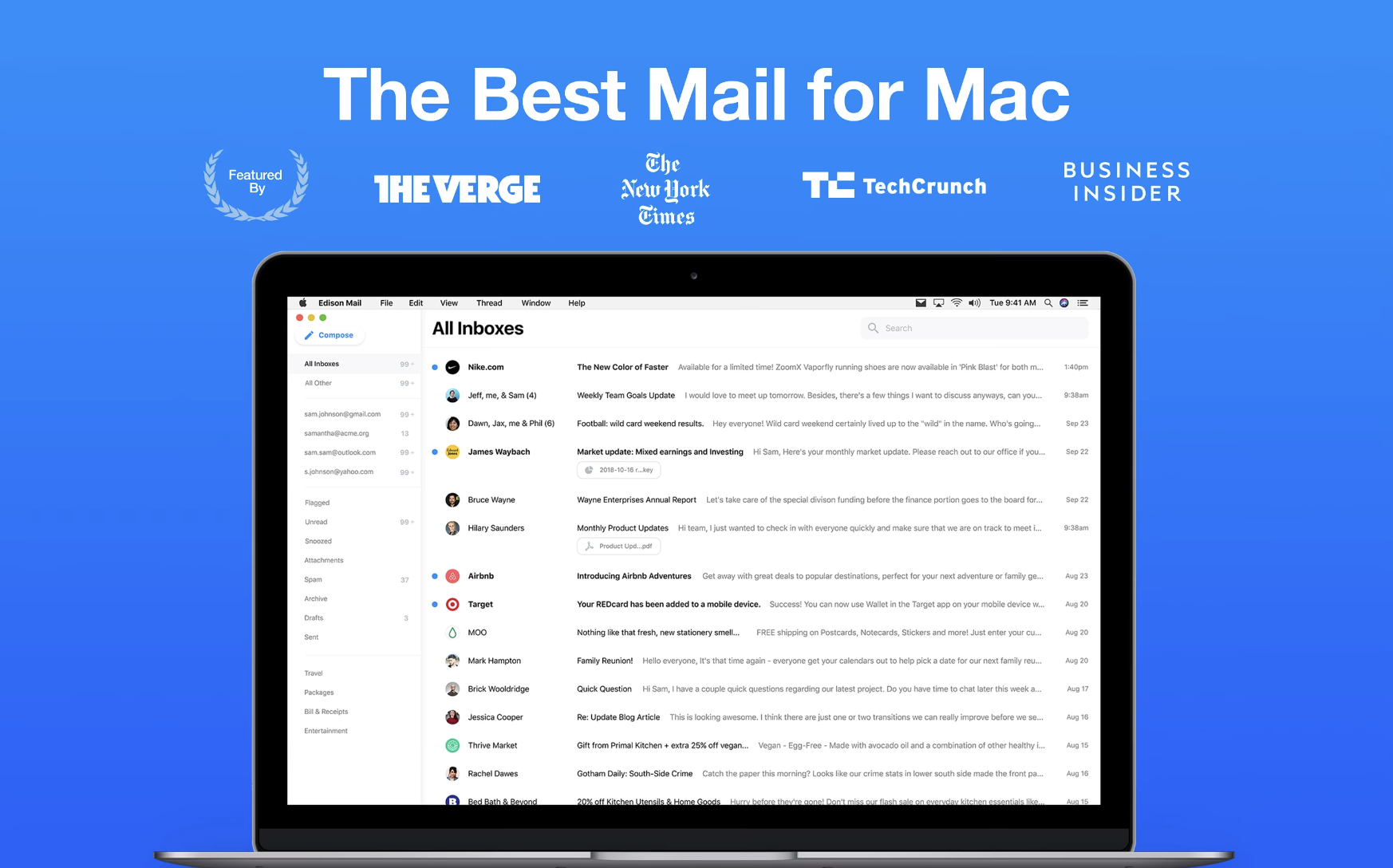If you’re reading this, you’ve probably noticed Amazon uses different names for its video streaming service and wondered if you’re missing something. Maybe you’ve seen both “Prime Video” and “Amazon Video” mentioned and aren’t sure if they’re the same thing, different services, or if one replaced the other.
Here’s what you need to know upfront: Prime Video and Amazon Instant Video (the old name for Amazon’s rental service) are related but serve different purposes. Understanding the difference will save you money and help you get the most value from Amazon’s streaming ecosystem.
This guide breaks down everything you need to know about Prime Video vs Amazon Video, including what happened to the old service, how they differ, and which option makes sense for your streaming needs in 2025.
The Evolution of Amazon’s Video Services (And Why It’s So Confusing)
Amazon’s video streaming history reads like a company that couldn’t decide on a name. The constant rebranding created genuine confusion that persists today, even though the service has been called Prime Video for nearly a decade.
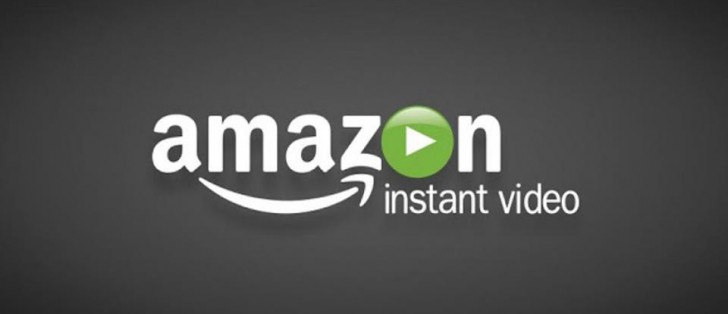
Amazon Unbox (2006-2008): The Beginning
Amazon’s first attempt at digital video launched in 2006 as Amazon Unbox. You could purchase or rent movies and TV shows, but here’s the catch: you had to download them to your computer. No streaming, no watching on your TV, just downloaded files on your PC.
This was 2006, remember. Netflix was still mailing DVDs in red envelopes, and the idea of streaming video over the internet seemed futuristic. Amazon’s download-only approach made sense at the time, but technology was about to change everything.
Amazon Video on Demand (2008-2011): Streaming Arrives
In 2008, Amazon launched streaming capabilities under the name Amazon Video on Demand. Now you could actually stream content instead of waiting for downloads. Progress.
But it was still a rental and purchase service. You paid for each movie or show you wanted to watch, similar to how iTunes worked. Amazon had entered the streaming game, but they hadn’t yet figured out the subscription model that would dominate the industry.
Amazon Instant Video (2011-2016): The Prime Bundle
Everything changed in 2011 when Amazon integrated video streaming into Prime membership under the name Amazon Instant Video. Prime members suddenly got access to thousands of movies and TV shows at no additional cost, included with their membership.
This was Amazon’s Netflix moment. Instead of paying per title, Prime members could stream a rotating library of content for free. The rental and purchase options remained available, but now there was also a substantial included library for members.
Amazon Instant Video ran for five years as the primary brand, establishing Amazon as a legitimate player in streaming video. But the name itself was confusing (what made it “instant” compared to other streaming services?), and it didn’t clearly communicate the connection to Prime membership.
Prime Video (2016-Present): The Modern Era
In early 2016, Amazon simplified everything by rebranding to Prime Video. The new name immediately communicated what you needed to know: this is video streaming for Prime members.
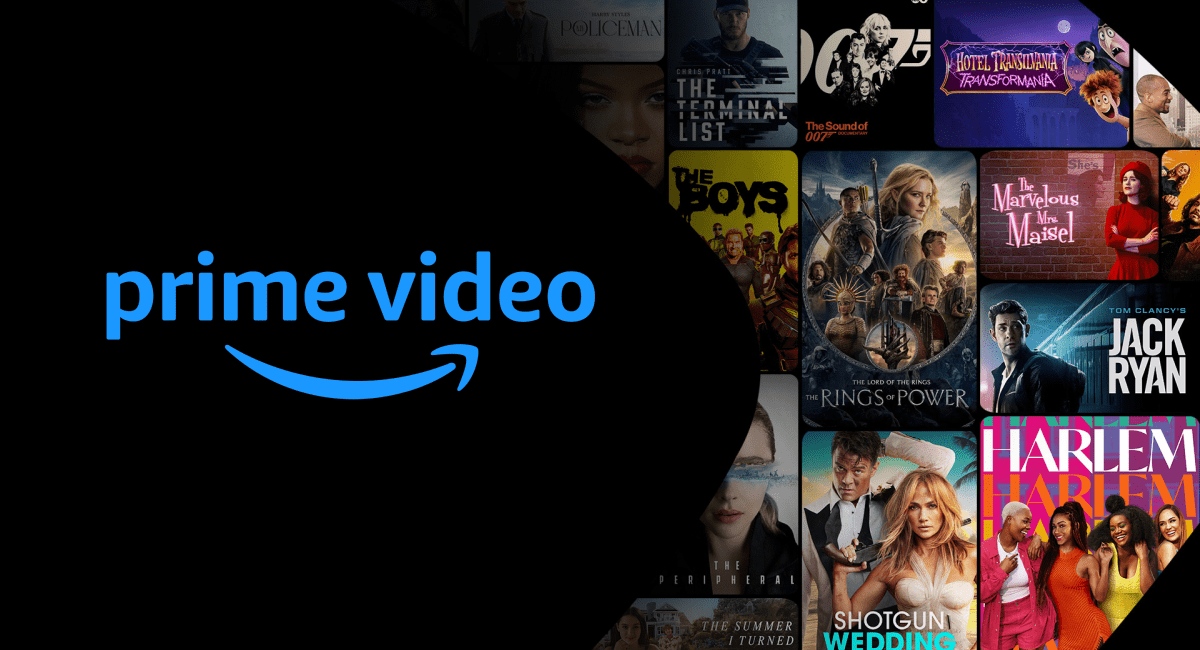
The rebranding coincided with major improvements:
- Offline viewing launched, allowing downloads for watching without internet
- Content library expanded dramatically with new licensing deals
- Original programming became a priority, with shows like Transparent, The Man in the High Castle, and eventually The Marvelous Mrs. Maisel
- 4K and HDR support for premium viewing experiences
Prime Video as we know it today emerged from this 2016 rebranding. It’s no longer just an add-on perk for Prime members. It’s a full-fledged streaming service competing directly with Netflix, Hulu, Disney+, and HBO Max.
👉🏾 Other Swiftspeed Users also read: The Great Mobile OS Debate Between Android and iOS users
Prime Video vs Amazon Instant Video: Key Differences Explained
Understanding the difference between Prime Video and the old Amazon Instant Video helps clarify what you’re actually getting. Here’s a comprehensive comparison:
| Feature | Prime Video (Current) | Amazon Instant Video (Discontinued) |
|---|---|---|
| Membership Requirement | Requires Amazon Prime ($139/year or $14.99/month in US) | Open to all Amazon customers, no membership needed |
| Included Content | ~24,000+ movies and TV shows included with membership | No included content; pay per rental or purchase |
| 4K/HDR Streaming | Select titles available in 4K Ultra HD and HDR | Standard definition and HD only, no 4K |
| Offline Downloads | Download titles to mobile devices for offline viewing | No offline viewing capability |
| Original Content | Extensive library of Amazon Originals (The Boys, Reacher, etc.) | No original content |
| Device Support | Wide support across smart TVs, streaming devices, mobile, game consoles | Limited device support compared to modern service |
| User Profiles | Multiple user profiles with personalized recommendations | Basic single-account experience |
| X-Ray Feature | Enhanced viewing with cast info, trivia, and IMDb integration | Not available |
| Channels | Add premium channels (HBO, Showtime, Starz) directly through Prime Video | No channel integration |
| Pricing Model | Subscription-based with included content + option to rent/buy | Pay-per-view only (rent or purchase each title) |
What This Actually Means for You
Prime Video is Amazon’s subscription streaming service. If you’re a Prime member, you have access to thousands of included movies and shows. Think of it like Netflix, but bundled with your Prime membership. You can also rent or purchase titles not included with Prime.
Amazon Instant Video was the old rental/purchase service before Prime Video existed in its current form. It’s essentially discontinued now, though Amazon still offers rental and purchase options within Prime Video.
The confusion comes from the fact that Prime Video maintained the rental/purchase functionality from Instant Video. So technically, when you rent or buy a movie on Prime Video that’s not included with your membership, you’re using what used to be the Instant Video model.
What You Get with Prime Video in 2025
Prime Video has evolved into one of the most comprehensive streaming platforms available. Here’s what you actually get:
Massive Content Library
Prime Video’s library includes approximately 24,000+ movies and TV shows included with your Prime membership. This covers:
- Major Hollywood films from studios like Paramount, Lionsgate, Warner Bros., MGM
- Popular TV series including both current shows and classic favorites
- International content from around the world
- Kids programming with age-appropriate filters
- Documentary films covering every topic imaginable
- Indie films and festival favorites
The library rotates, with titles being added and removed monthly based on licensing agreements. This is similar to how Netflix operates.
Amazon Original Programming
Amazon has invested billions in original content, producing some of the most acclaimed and popular shows in streaming:
| Series | Genre | Why It Matters |
|---|---|---|
| The Boys | Superhero Satire | Subversive take on superhero genre; one of Prime Video’s biggest hits |
| Reacher | Action Thriller | Based on Lee Child’s novels; massive viewership success |
| The Marvelous Mrs. Maisel | Period Comedy | Multiple Emmy wins; critical darling |
| Jack Ryan | Political Thriller | Tom Clancy adaptation starring John Krasinski |
| The Rings of Power | Fantasy Epic | Massive budget Lord of the Rings prequel series |
| The Expanse | Hard Sci-Fi | Cult favorite space opera (Amazon saved from cancellation) |
| Fleabag | Dark Comedy | Phoebe Waller-Bridge’s award-winning comedy |
| Good Omens | Fantasy Comedy | Neil Gaiman/Terry Pratchett adaptation |
| Upload | Sci-Fi Comedy | Original concept about digital afterlife |
| The Wheel of Time | Epic Fantasy | Adaptation of Robert Jordan’s massive fantasy series |
| Invincible | Animated Superhero | Violent, mature animated series based on comics |
| The Summer I Turned Pretty | Teen Romance | Massive hit with younger audiences |
Amazon’s original content strategy focuses on big-budget adaptations and genre programming. They’re not afraid to spend money on production value, which shows in the quality of their tentpole series.
Prime Video Channels
One feature that sets Prime Video apart is Channels. You can subscribe to premium networks directly through Prime Video without needing separate apps:
- HBO/Max
- Showtime
- Starz
- Paramount+
- MGM+
- Britbox
- PBS Masterpiece
- Acorn TV
- Sundance Now
- And 100+ other options
This creates a unified viewing experience where everything lives in the Prime Video interface rather than jumping between different streaming apps.
Additional Features That Matter
X-Ray Technology: During playback, you can see cast information, character names, music credits, and trivia without leaving the video. It uses IMDb data (which Amazon owns) to enhance your viewing experience.
Offline Downloads: Download movies and shows to your phone or tablet for watching without internet. Perfect for flights, commutes, or anywhere with spotty connectivity. Most included titles support downloads.
4K Ultra HD and HDR: Select titles stream in 4K resolution with HDR for stunning picture quality on compatible devices. This includes many Amazon Originals and popular licensed content.
Multiple User Profiles: Create separate profiles for different family members with personalized watchlists and viewing histories. Kids profiles have age-appropriate content restrictions.
Watch Party: Watch content simultaneously with friends and family remotely, with synchronized playback and group chat.
Multi-Device Streaming: Watch on up to three devices simultaneously with a single Prime membership.
👉🏾 Other Swiftspeed Users also read: How to make money from apps using Freemium app monetization
Supported Devices: Where You Can Actually Watch
Prime Video supports an extensive range of devices, making it accessible virtually everywhere you want to watch:
Mobile Devices
- iOS: iPhone and iPad via the Prime Video app
- Android: Phones and tablets via the Android app
- Download capability on both platforms for offline viewing
Streaming Devices
- Amazon Fire TV and Fire TV Stick (obviously best integrated)
- Roku streaming players and Roku TVs
- Apple TV (4th generation and later)
- Chromecast with Google TV
- NVIDIA Shield TV
Smart TVs
- Samsung Smart TVs (2017 and later)
- LG Smart TVs (webOS 3.0 and later)
- Sony Smart TVs
- Vizio SmartCast TVs
- Hisense Smart TVs
- TCL Roku TVs
Game Consoles
- PlayStation 4 and PlayStation 5
- Xbox One, Xbox Series X, and Xbox Series S
- Nintendo Switch (via browser)
Web Browsers
- Chrome, Firefox, Safari, Edge
- Stream directly from primevideo.com
- No app installation required
Blu-ray Players and Other Devices
- Select Blu-ray players from Sony, Samsung, and others
- TiVo devices
- Xfinity X1 and Flex
- Cox Contour
The cross-device experience is seamless. Start watching on your phone during your commute, pick up on your smart TV when you get home, and finish on your tablet in bed. Your progress syncs automatically across all devices.
If you’re interested in building streaming apps that work across multiple platforms like Prime Video does, modern app development tools make it possible to create sophisticated streaming experiences without extensive coding knowledge.
Prime Video Pricing Breakdown (2025)
Understanding what you’re actually paying for matters, especially since Amazon’s pricing has changed over the years:
Prime Membership Options
Annual Membership: $139/year
- Works out to $11.58 per month
- Includes Prime Video, free shipping, Prime Music, Prime Reading, and more
- Best value if you use multiple Prime benefits
Monthly Membership: $14.99/month
- No annual commitment
- More expensive over a full year ($179.88 vs $139)
- Good if you only need Prime seasonally
Prime Video Only: $8.99/month
- Video streaming without other Prime benefits
- Available in select countries
- Good if you don’t need free shipping or other perks
Additional Costs to Consider
Rental Pricing: $3.99-$6.99 for most movies
- New releases typically cost more
- 30-day window to start watching
- 48 hours to finish once you start
Purchase Pricing: $9.99-$24.99 for digital ownership
- Older movies and TV shows on the lower end
- New releases and popular titles cost more
- Permanent access to purchased content
Channel Subscriptions: Varies by channel
- HBO/Max: $15.99/month
- Showtime: $10.99/month
- Starz: $9.99/month
- Paramount+: $5.99/month
- Prices for add-on channels
Is Prime Video Worth the Cost?
The value calculation depends on what else you get with Prime membership:
If you already have Prime for shipping, Prime Video is essentially free. The video service alone costs $8.99/month separately, so if you’re paying $14.99/month for full Prime, you’re getting video, music, reading, photos, and shipping benefits for just $6 more than video alone.
If you only want video streaming, the $8.99/month video-only option makes sense. That’s cheaper than Netflix’s Standard plan ($15.49/month) and you still get a substantial content library plus Amazon Originals.
If you rent movies frequently, Prime membership pays for itself through discounts. Prime members get better rental and purchase pricing compared to non-members.
Prime Video vs Netflix vs Hulu: The Real Comparison
Let’s compare Prime Video against its main competitors with actual useful details:
| Feature | Prime Video | Netflix | Hulu | HBO Max |
|---|---|---|---|---|
| Monthly Cost | $14.99 (full Prime) or $8.99 (video only) | $6.99-$22.99 | $7.99-$17.99 | $9.99-$19.99 |
| Library Size | ~24,000 titles included | ~15,000 titles | ~10,000 titles + live TV option | ~10,000 titles |
| 4K Content | Yes (included) | Yes (Premium plan only) | Limited | Yes (Ultimate plan only) |
| Offline Downloads | Yes | Yes | Yes | Yes |
| Simultaneous Streams | 3 | 1-4 (plan dependent) | 2 (unlimited with add-on) | 3 |
| Original Content | Strong (The Boys, Reacher, etc.) | Industry-leading volume | Good (Handmaid’s Tale, etc.) | Premium HBO originals |
| Ad-Free Option | Yes (included) | Yes (all paid plans) | $17.99/month tier | $19.99/month tier |
| Live TV | No | No | Yes (separate plan) | No |
| Additional Benefits | Free shipping, music, reading | None | None | None |
| Device Support | Extensive | Most extensive | Extensive | Extensive |
| Kids Profiles | Yes | Yes | Yes | Yes |
| User Profiles | Up to 6 | Up to 5 | Up to 6 | Up to 5 |
Where Prime Video Wins
Value bundling: If you use Amazon for shopping, Prime Video is essentially free extra value on top of shipping benefits, Prime Music, and other perks.
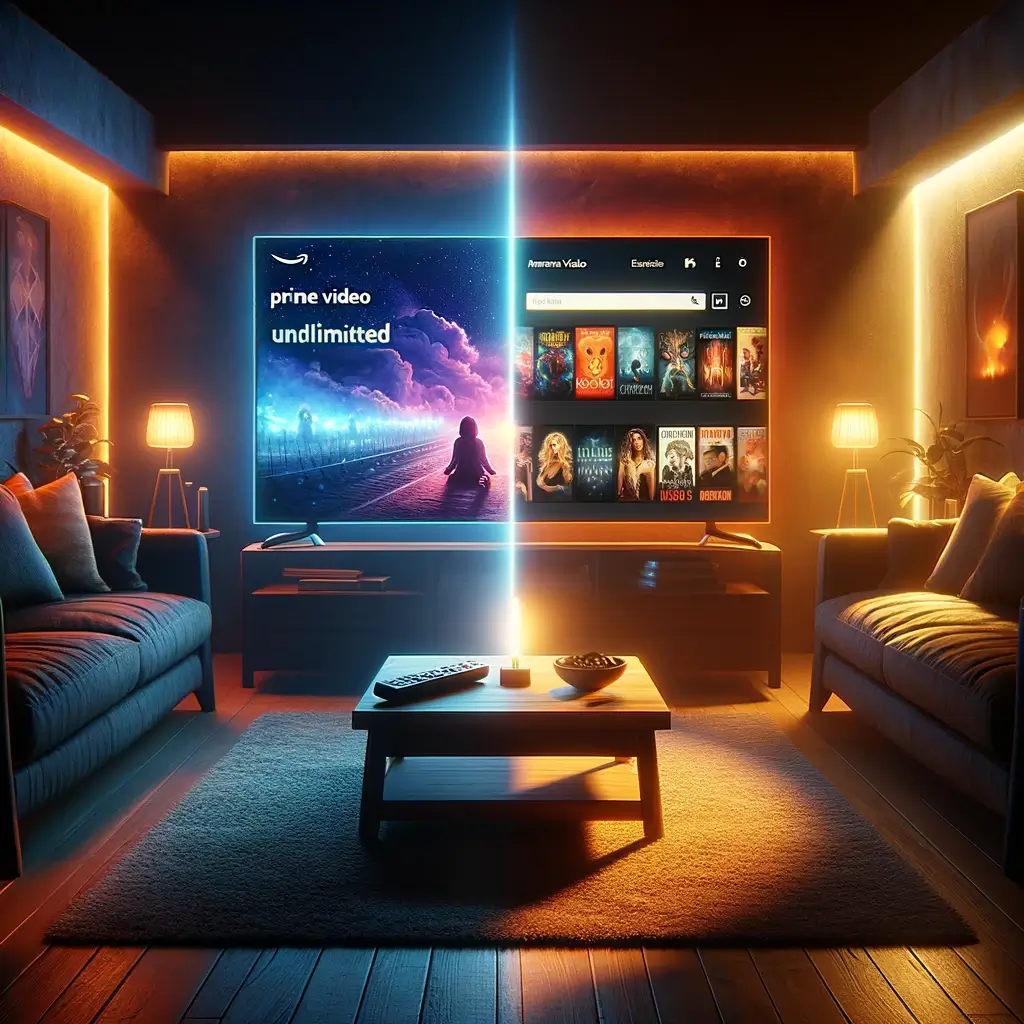
Premium content included: 4K and HDR streaming comes with your membership, not locked behind higher tiers like Netflix.
Channel ecosystem: The ability to add premium channels and manage everything in one app is genuinely convenient.
Rental/purchase integration: If content isn’t included, you can rent or buy it in the same interface rather than going to another service.
Where Competitors Win
Netflix has more original content volume and arguably stronger international content. Their recommendation algorithm is also more refined.
Hulu offers next-day access to current TV shows from major networks, plus a live TV option that Prime Video doesn’t match.
HBO Max provides access to the entire HBO back catalog plus theatrical releases from Warner Bros. on the same day they hit theaters (through 2021-2022, now more selective).
The Bottom Line
Prime Video makes the most sense if you’re already in the Amazon ecosystem. It’s not necessarily the “best” streaming service in every category, but it offers the best overall value when you factor in everything else you get with Prime membership.
For developers building video streaming apps, studying how Prime Video integrated channels, rentals, and subscriptions into one experience provides valuable lessons in user experience design.
👉🏾 Other Swiftspeed Users also read: App Name Detailed Guidelines and Best Practices for Success
Pros and Cons: The Honest Assessment
Let’s break down the real advantages and limitations of Prime Video:
| Aspect | Advantages | Limitations |
|---|---|---|
| Content Library | • 24,000+ included titles<br>• Strong selection of movies and TV<br>• Regular additions and updates<br>• Good international content | • Smaller than Netflix<br>• Some gaps in popular content<br>• Licensed content rotates out<br>• Not always newest releases included |
| Original Programming | • High-budget productions<br>• Quality over quantity approach<br>• Award-winning shows (Mrs. Maisel, Fleabag)<br>• Popular hits (The Boys, Reacher)<br>• Genre diversity | • Fewer total originals than Netflix<br>• Some high-profile misses<br>• Original films less consistent than series |
| Membership Value | • Included with Prime membership<br>• Bundled with shipping and other benefits<br>• Effectively free if you need Prime anyway<br>• Video-only option available | • Not cheapest if you only want video<br>• Prime membership cost has increased<br>• Must maintain subscription for access |
| Streaming Quality | • 4K and HDR included<br>• Dolby Atmos audio support<br>• No extra cost for premium quality<br>• Good bitrate for HD streaming | • 4K limited to select titles<br>• Streaming quality varies by connection<br>• Some compression artifacts at lower speeds |
| Features | • Offline downloads<br>• X-Ray for enhanced info<br>• Multiple user profiles<br>• Watch Party for group viewing<br>• 3 simultaneous streams | • X-Ray only works on some devices<br>• Download limits on some titles<br>• Profile switching could be smoother<br>• No offline download on all devices |
| Channel Integration | • 100+ premium channels available<br>• Single billing through Amazon<br>• Unified interface for all content<br>• Try before you subscribe options | • Channels cost extra<br>• Some channels cheaper direct<br>• Not all features work with channels<br>• Occasional integration issues |
| Device Support | • Wide platform availability<br>• Seamless device switching<br>• Good mobile apps<br>• Smart TV integration | • Best experience on Fire devices<br>• Interface varies by platform<br>• Some older devices unsupported<br>• Chromecast support came late |
| User Experience | • Generally intuitive navigation<br>• Good search functionality<br>• Watchlist feature<br>• Continue watching syncs | • Interface less polished than Netflix<br>• Confusing rental vs included<br>• Too much promoted content<br>• Categories could be better |
| Rental/Purchase | • Rent or buy non-included titles<br>• Permanent digital library<br>• Early access to some releases<br>• Better prices for Prime members | • Rental costs add up<br>• Some titles rental-only, not included<br>• Not always clear what’s included<br>• Purchased content tied to Amazon |
What This Means in Practice
Prime Video excels if you value high-budget original series, want 4K streaming without paying extra, and already use Amazon Prime for shopping or other services. The bundled value is genuinely hard to beat.
Prime Video struggles with content discovery (the interface makes it hard to find what you want), clear communication about what’s included versus what costs extra, and matching Netflix’s sheer volume of original content.
For most people, Prime Video works best as part of a streaming mix rather than your only service. Pair it with one or two other platforms based on your specific content preferences.
Building Video Streaming Apps Like Prime Video
Prime Video’s success isn’t just about content. It’s about creating a seamless, cross-platform streaming experience that works everywhere users want to watch.
If you’re interested in building streaming applications, here’s what you can learn from Prime Video’s approach:
Key Features to Implement
Cross-Platform Consistency: Users expect the same experience whether they’re on mobile, TV, or web. Design your interface to work across all platforms while adapting to each screen size and input method.
Offline Functionality: Download capability is essential for mobile streaming apps. Users want to watch content on planes, trains, and other places without reliable internet.
User Profiles: Multiple profiles with separate watchlists and recommendations keep household members’ preferences organized. This is especially important for family-friendly apps with kids profiles.
Content Discovery: Prime Video’s interface isn’t perfect, but it demonstrates the importance of good categorization, search, and personalized recommendations. Users have decision paralysis with too much content.
Adaptive Streaming: Quality should adjust automatically based on connection speed. Users shouldn’t manually switch between quality settings.
Build Your Own Streaming Platform
Thanks to modern app builders, you can create sophisticated video streaming apps without extensive coding knowledge. Platforms like Swiftspeed let you:
- Build streaming apps for iOS and Android
- Integrate video players with adaptive streaming
- Create user authentication and profiles
- Design clean, intuitive interfaces
- Deploy across multiple platforms
Whether you’re building a niche streaming service, educational video platform, or content delivery app, studying how major services like Prime Video structure their features provides valuable insights.
👉🏾 Other Swiftspeed Users also read: A Complete Guide to Mobile App Development in 2024
The Future of Prime Video
Amazon continues investing heavily in Prime Video, with several clear strategic directions:
Content Investment
Amazon committed over $1 billion just for the first season of The Rings of Power, making it one of the most expensive TV productions ever. This signals their willingness to compete directly with Netflix and Disney+ for premium content.
Expect more:
- Big-budget fantasy and sci-fi series
- Sports content (Amazon has exclusive NFL Thursday Night Football)
- International content from around the world
- Interactive and experimental formats
Technology Improvements
Prime Video’s interface and technology continue evolving:
- Better recommendation algorithms to match Netflix
- Enhanced X-Ray features with more contextual information
- Improved search and discovery tools
- Integration with Alexa for voice control
Integration with Amazon Ecosystem
Prime Video increasingly integrates with Amazon’s broader ecosystem:
- Shopping integration (buy products featured in shows)
- IMDb integration (Amazon owns IMDb)
- Audible integration (listening to audiobooks)
- Amazon Music connections
- Potential Twitch integration for live content
Channel Strategy
The Channels marketplace will likely expand, making Prime Video a hub for managing all your streaming subscriptions in one place rather than juggling multiple apps.
Frequently Asked Questions
Here are the frequently asked questions about Amazon Prime Video
Should You Use Prime Video?
Here’s the honest answer: Prime Video makes sense for specific types of users or cases.
You should definitely use Prime Video if:
- You already have Prime membership for shipping or other benefits
- You enjoy big-budget genre shows (sci-fi, fantasy, action)
- You want 4K streaming without paying premium tiers
- You like having rental/purchase options integrated
- You value the channel subscription ecosystem
Prime Video might not be for you if:
- You only want video streaming and nothing else (Netflix might be cheaper)
- You prioritize having the absolute newest releases
- You prefer Netflix’s interface and recommendation system
- You don’t shop on Amazon frequently
The bottom line: Prime Video offers exceptional value as part of Prime membership. It’s not perfect, but the combination of included content, original programming, 4K streaming, and integration with other Prime benefits makes it worth having for most people who already use Amazon services.
For serious streaming enthusiasts, Prime Video works best alongside one or two other services rather than as a sole platform. Pair it with Netflix for volume, HBO Max for prestige content, or whatever fills the gaps in Prime Video’s library based on your preferences.
The question isn’t really whether Prime Video is “better” than competitors. It’s whether the specific combination of content, features, and bundled Prime benefits matches what you actually need from a streaming service. For millions of users, that answer is yes.


